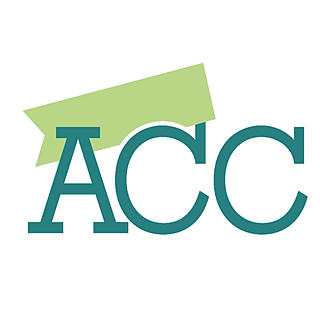Old School Equipment: Holland Belt Loader
- Arizona Contractor & Community
- Sep 15, 2023
- 2 min read
By Billy Horner
“New Device Gobbles Earth,” screamed a headline in the Billings Gazette in 1975. The Holland loader, an earthmoving giant, was heralded as changing the economics of strip-mining coal. A local Montana engineer, Francis H. Holland, had designed the machine following the premise of the continuous belt loader in the early 1970s. Holland had a civil engineering background, worked in construction, and founded the Holland Company, modifying and rebuilding equipment, in 1957.

“One of the first major uses of Holland loaders was at Perris Dam in Southern California, where in 1972 and 1973, four of the big rigs loaded out 75,000 to 120,000 cubic yards of bank material per day propelled by a pair of Cat D9s or D10s,” wrote Tom Berry in Construction Equipment. “Holland’s largest models today can load 180-ton capacity trucks in less than a minute.” Yet, surprisingly, Holland only made a handful of belt loaders and ceased operations in 2012.
Here are a few examples of the Holland loader used in Arizona:
The Ashton Company, Inc. in Tucson, first used the machine on their Interstate 8 project southeast of Casa Grande. James Bond Trucking, located in Phoenix, was subcontracted to move more than 47,000 yards of material. The Holland was demoed, using two Caterpillar D9G bulldozers, loading 50-yard belly dump trucks in roughly 50 seconds per truck.
In 1984, Pettay’s Arizona Dirt Brokers Inc. was subcontracted for excavation on the Union Hills Water Treatment Plant. The City of Phoenix awarded the project to general contractor Richard P. Murray of Chandler. Pettay told Southwest Contractor in March 1984, “The Holland loader is the least expensive means of excavating and removing dirt known to the industry to date. We hope to clearly demonstrate that the Holland loader can be effective on smaller projects while drastically reducing costs.” The project cost $38 million and excavated 1.01 million yards of dirt.
To read the rest of this article, you are invited to purchase the digital issue here.
This article originally appeared in the bimonthly Arizona Contractor & Community magazine, May/Jun 2023 issue, Vol. 12, No. 3.








Comments